Supplemental Materials
Audio
Links
Images
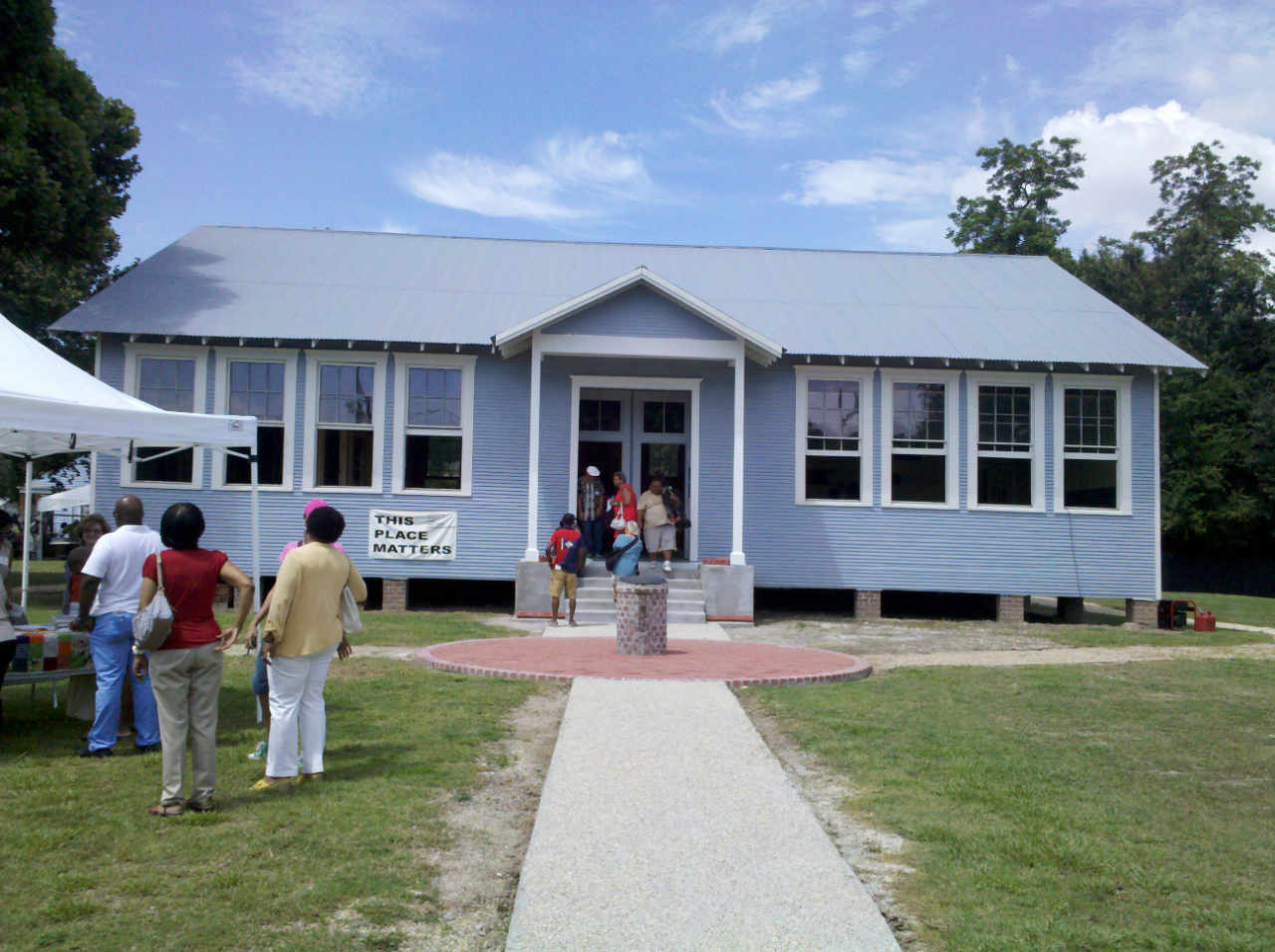
A Rosenwald School house is preserved at the River Road African American Museum in Donaldsonville, Louisiana. The historic building helps to interpret the history of racially segregated schools in Louisiana.
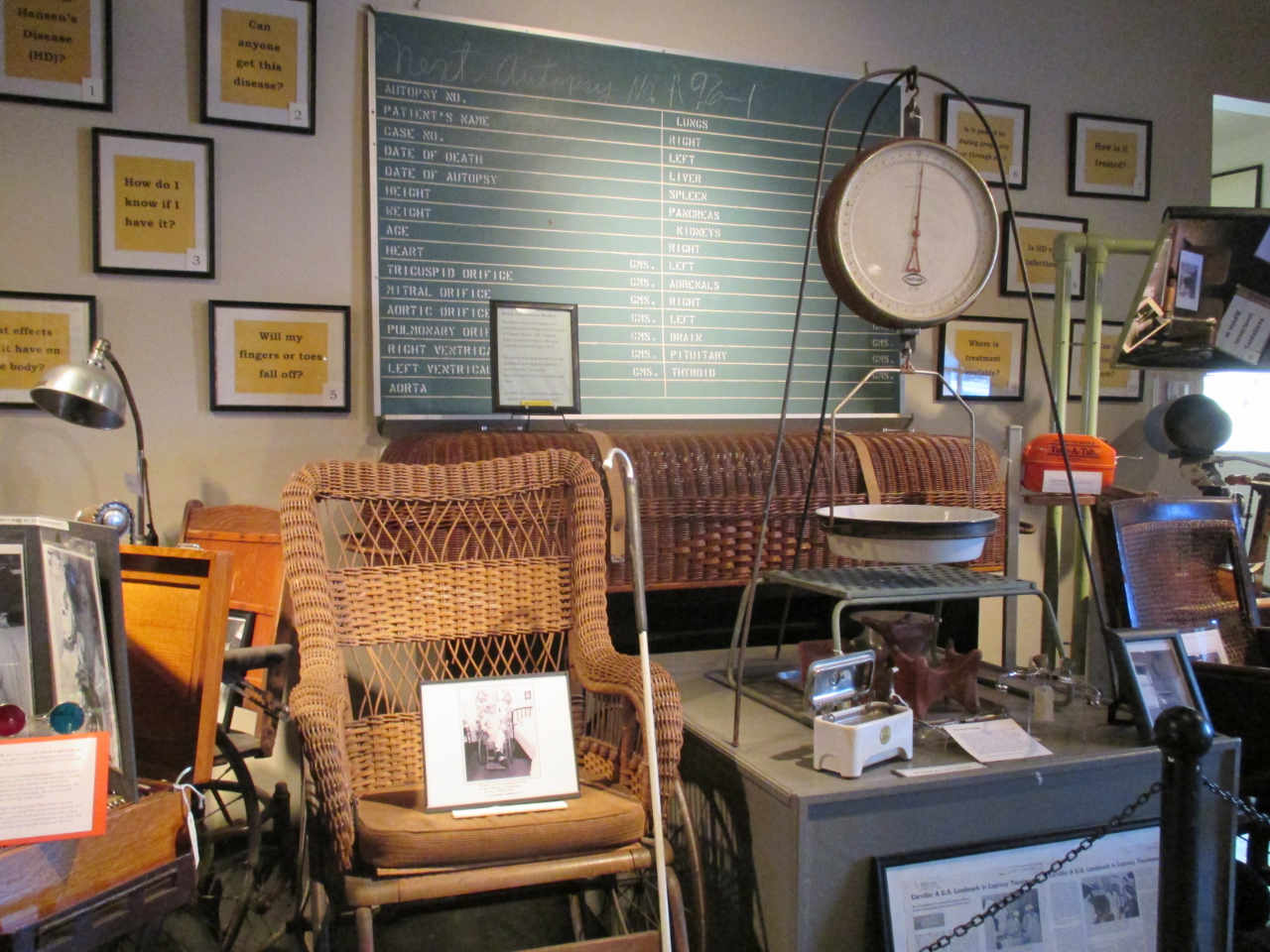
National Hansen’s Disease Museum promotes the understanding, identification and treatment of Hansen’s Disease (leprosy).
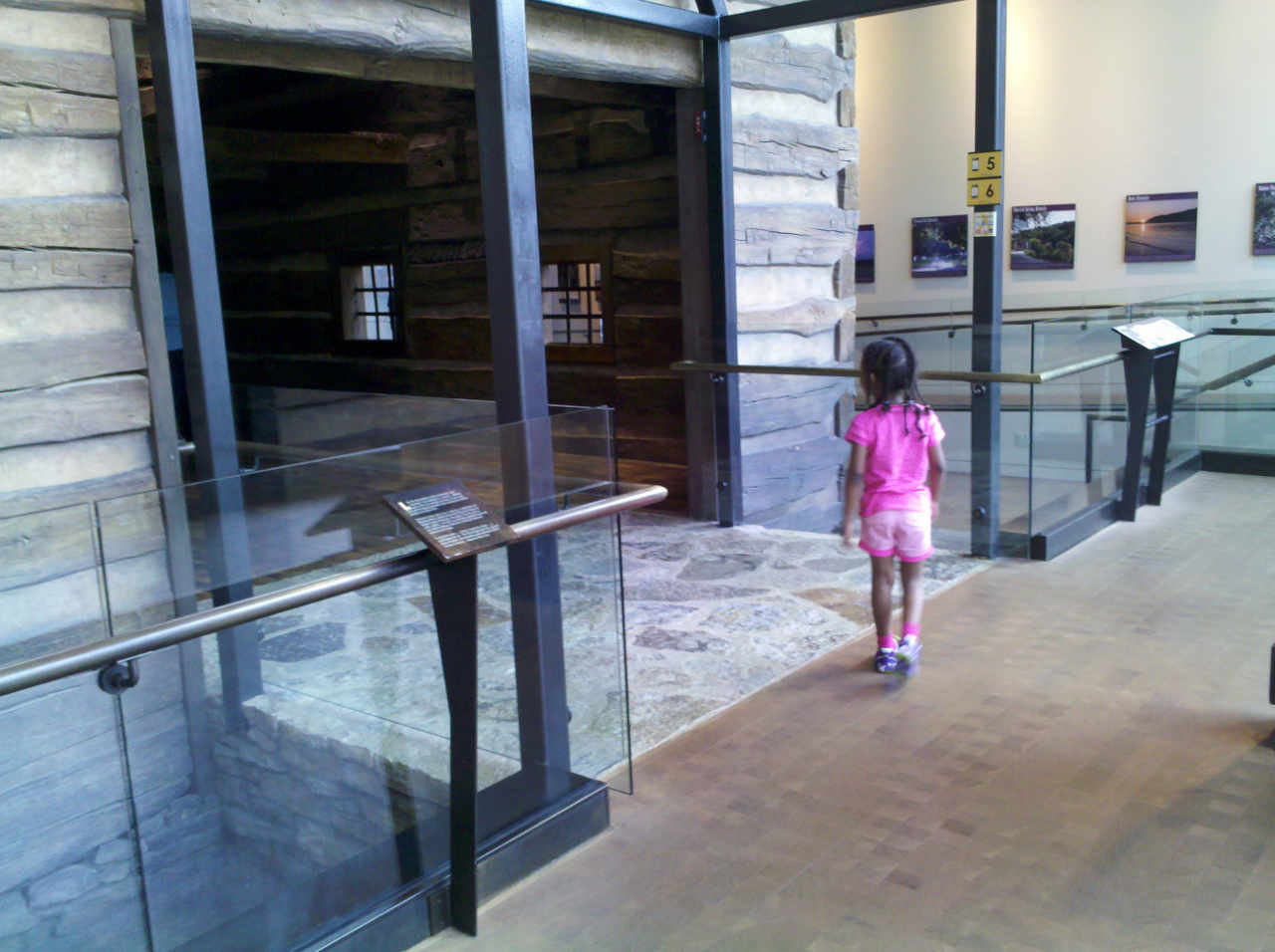
A young visitor views the “Slave Pen” at the Underground Railroad Freedom Center in Cincinnati Ohio
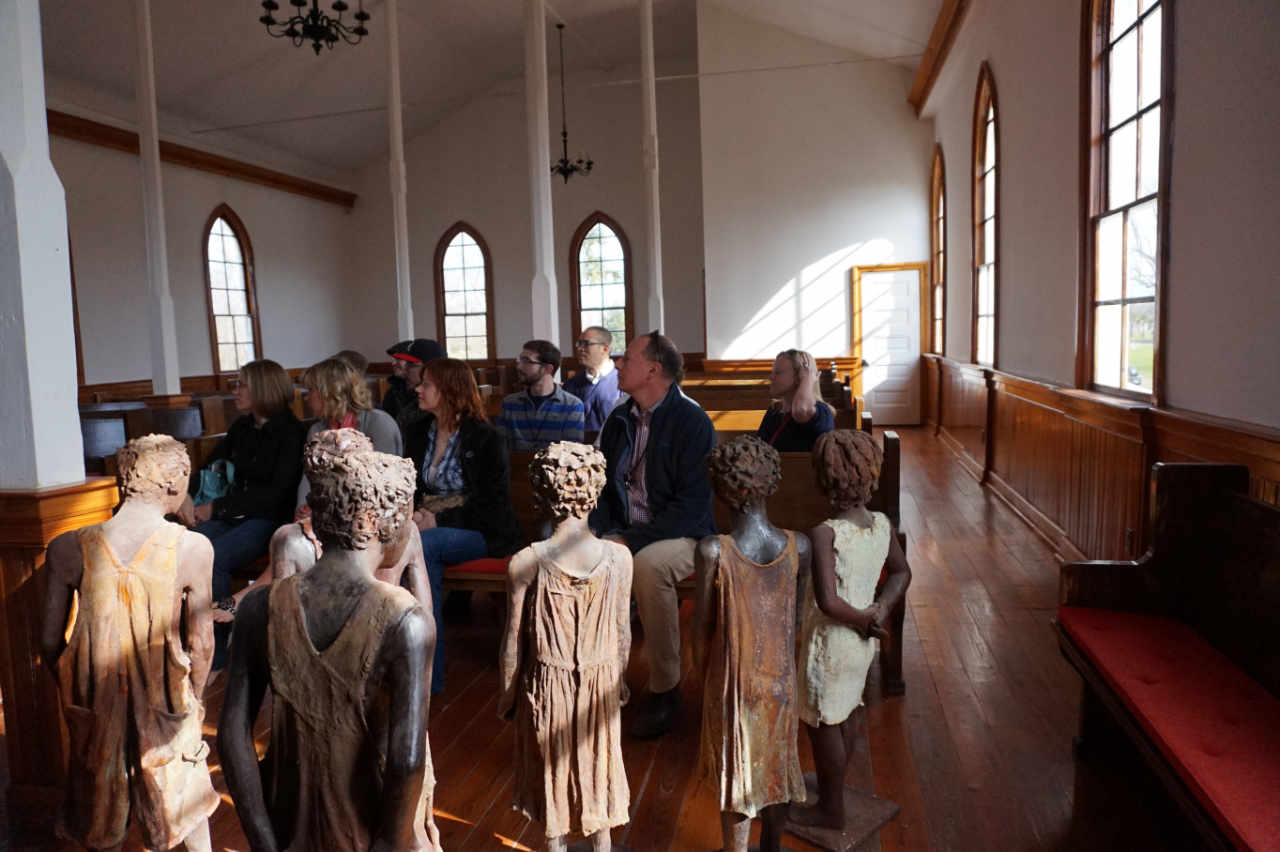
Interior view of a historic church building used to orient visitors for their tour of the Whitney Plantation, Louisiana.

A historical list of named slaves who lived and labored at Oak Alley Plantation, a sugar plantation in south Louisiana.

Reflective commemorative spaces inside the massive 9/11 Memorial Museum in New York City afford visitors time to work through the 5Rs: receive, resist, repeat, reflect, and reconsider the traumatic history of the terrorists attacks in 2011. While the great halls are quiet, the spaces designed with prompts for mourning.

These photographs were taken at the Smithsonian Institution National Museum of American History around 2003. The label copy for the diorama of a young child and a teenaged girl described life in the slave quarter on plantations throughout the American plantation south. The teenaged girl with her back to the camera is shelling peas. The child in the loft is under the teenager’s care. It is interesting to see farming tools, clothing, and fishing gear set in the cabin. More unusual is the rifle leaning near the fishing pole. Does the scene set inside the reproduced slave cabin generate questions for visitors or tensions?
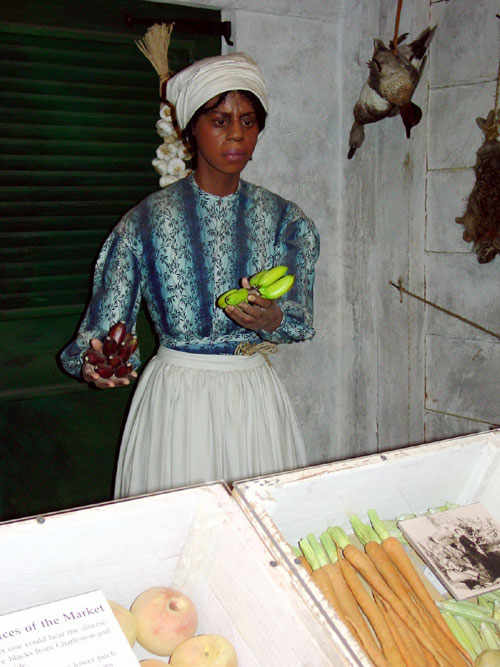
The top photograph illustrates an enslaved women who is selling produce at a local market. Many states allowed slaves to conduct business on behalf of their owners and in some instances, including Louisiana, some slaves were allowed to sell produce and eggs at markets and could keep the proceeds. As described by Solomon Northup in south Louisiana, the money slaves earned in this manner was called ‘Sunday money’. How could museum workers use this scene to encourage learners’ active empathy for the historical enslaved woman represented?

The learning process to engage visitors and students in learning about a difficult history can begin with the learner’s receptiveness to the exhibit or historic site. Visitors pictured above are in line to enter the Anne Frank House Museum located in central Amsterdam in the Netherlands. This picture was taken in February 2014. Hundreds of daily visitors of different ages and backgrounds are interested and committed to learn about the Holocaust, Jewish persecution Anne Frank’s story and her family’s history. A serious and somber ambience permeates the visitors’ center where visitors are receptive to the difficult history of genocide and oppression, which will be explained inside the historic house and adjacent museum.
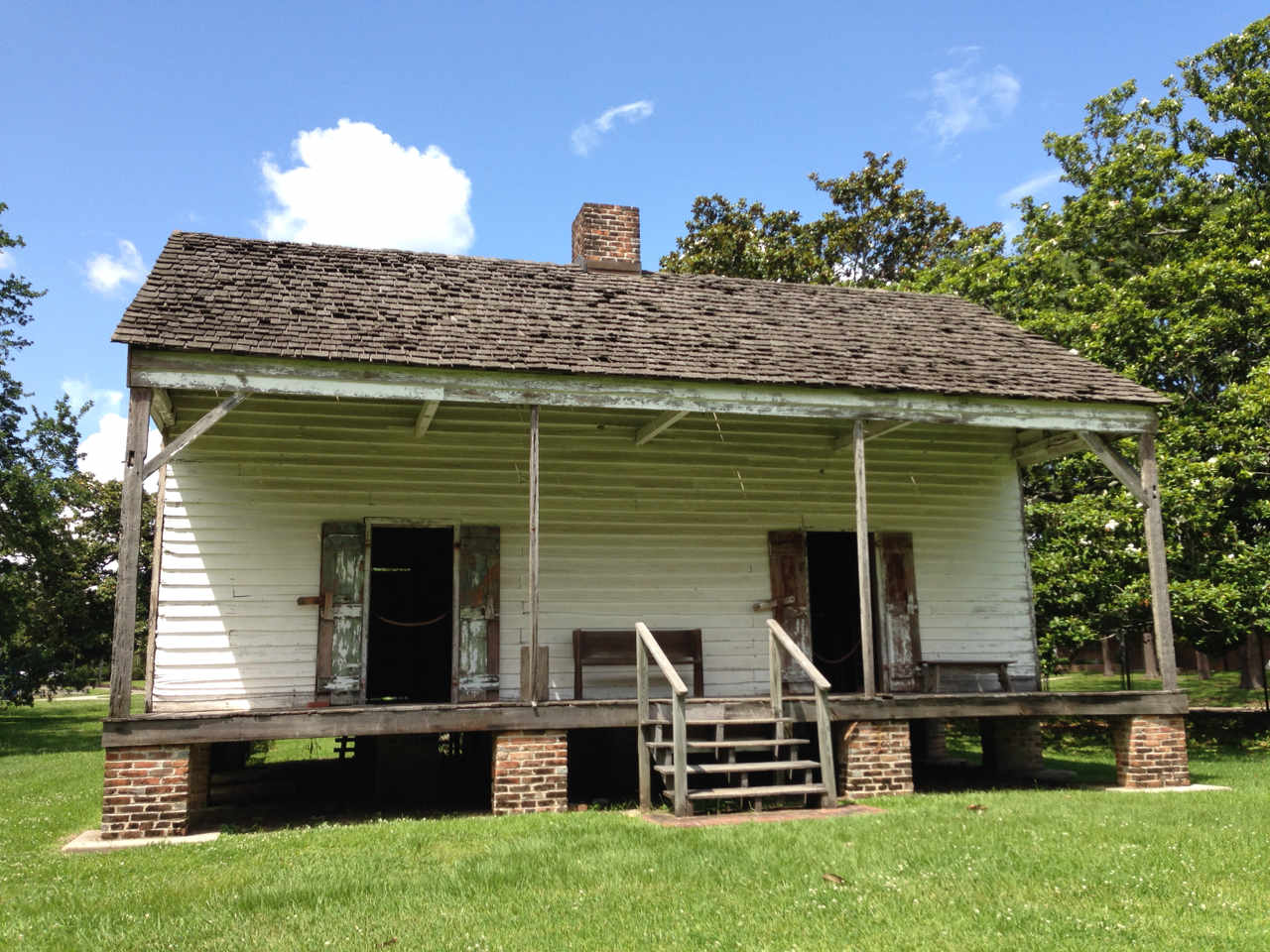
A restored slave cabin is on exhibit at Magnolia Mound Plantation. The structure was brought to MMP in the late 1990s from Riverlake Plantation in Pointe Coupee Parish.
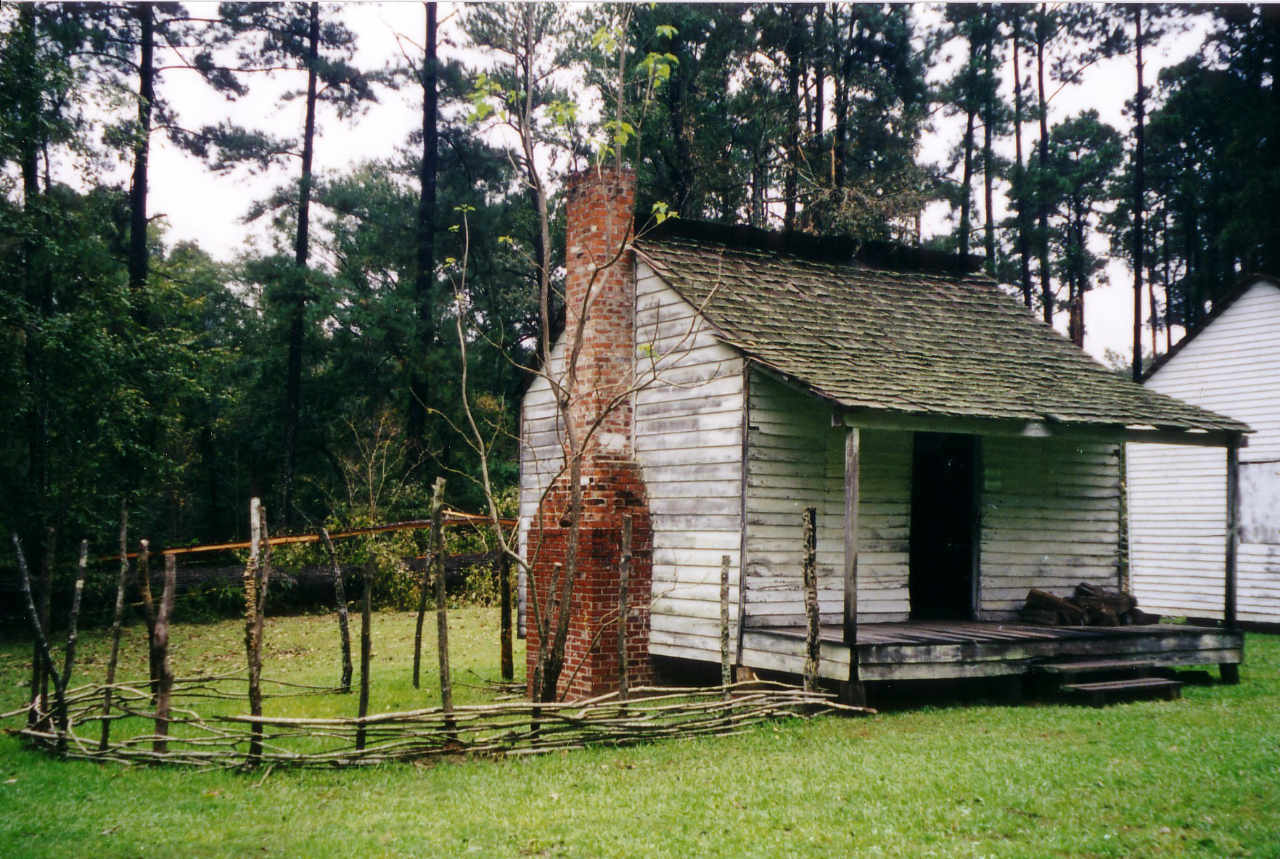
Two slave cabins were brought to Oakley Plantation, Audubon State Historic Site, in the early 1990s, in order to recreate a portion of the slave quarter on this one time cotton plantation.
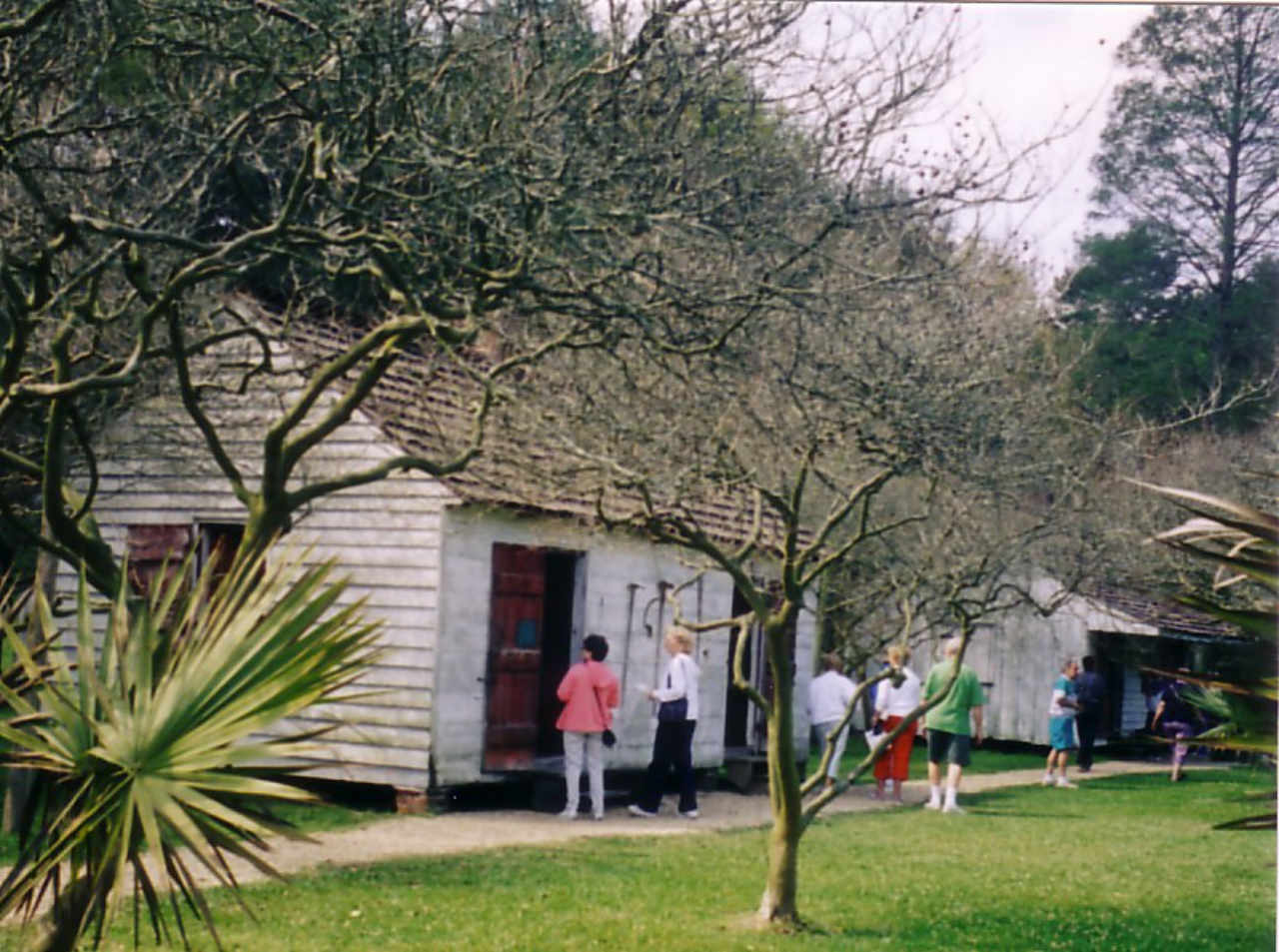
Landscape architect Burden Steele brought eight buildings from Welham Plantation, once located in St. James Parish, to the LSU Rural Life Museum in East Baton Rouge in the late 1970s. Included were slave cabins and an overseer’s house.